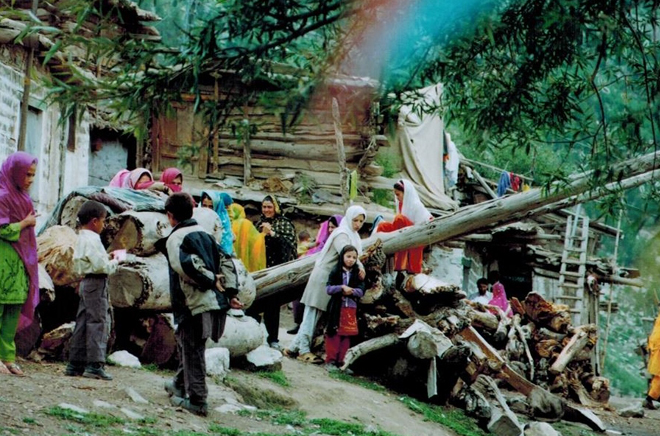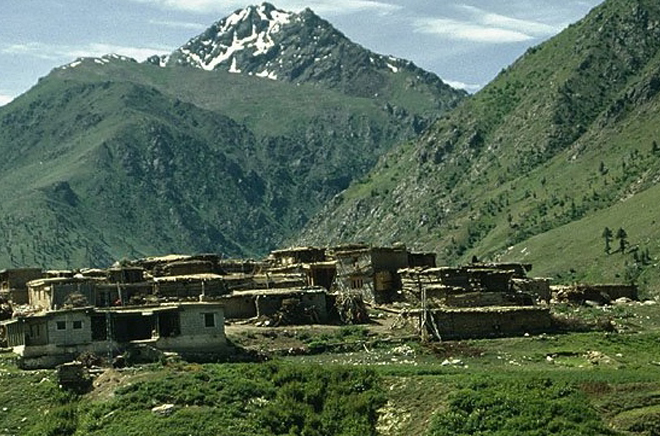


Having a very fragile ecosystem, the area is the sole habitat for the remaining population of mammals; such as, the Himalayan brown bear, snow leopard, Tibetan red wolf, musk deer, and markhor. The endangered status of certain species creates an urgency to promote awareness of the need to restore the ecological balance in the area and maintain it. In the village communities, the people live well below poverty level; the average monthly income is low $84 (AKRSP 2001 most recent reliable data). Raising livestock is the main source of their income and food, since there are not enough crops or other resources upon which they can rely. Over-grazing and exhaustive firewood collections have almost destroyed the habitat. This results in people resorting to hunting and poaching to obtain supplemental income. The population of native ungulates has decreased, thereby depleting numbers of natural prey available for carnivores. Such predators as snow leopards, bears and wolves must descend to lower elevations in search of food. Not encountering their natural prey in sufficient numbers, carnivores then predate large numbers of the communities livestock. Villagers then retaliate by killing the carnivores. Once the total population of a species falls below a certain threshold number, it is only a matter of time before that species faces extinction. If immediate action is not taken to ensure the preservation of natural habitats, endangered species face almost certain extinction within a span of a few years. Tragically, the populations are diminishing, in spite of attempts through the years to stop the losses.


